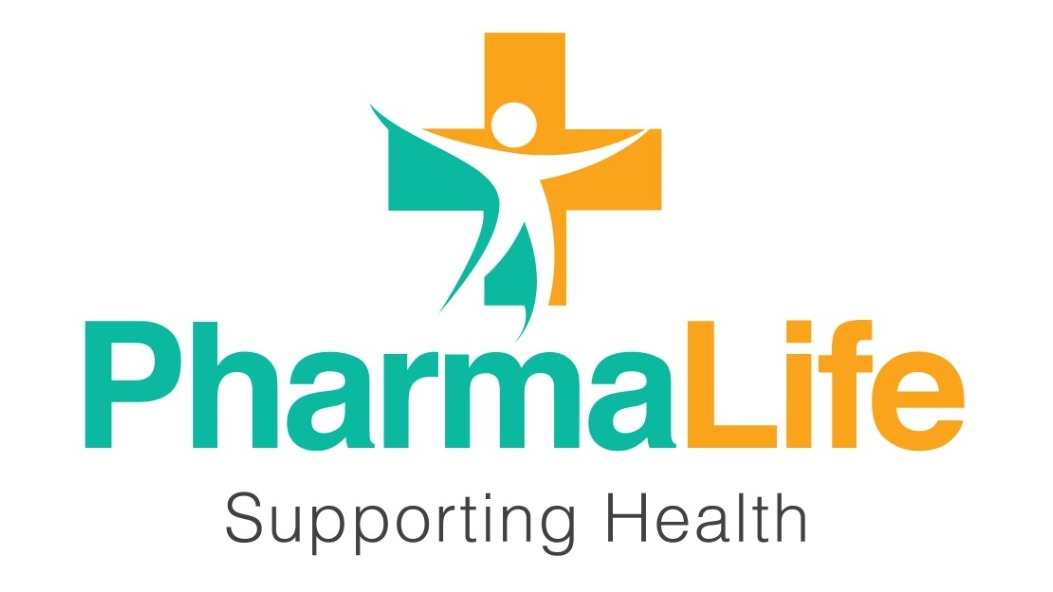Owing to the modern unhealthy lifestyle, increased tobacco and alcohol consumption, climate change and pollution, cancer has evolved as a global health crisis. Cancer is a leading cause of worldwide deaths, accounting for over ten million deaths in 2020 alone. In Nepal too, cancer related mortality is increasing abnormally. Cancer alone is responsible for 9% of total deaths in Nepal, making it the third most common cause of Non-Communicable Deaths (NCD). PharmaLife has always intended to help change the narrative of healthy lifestyle. And therefore, we bring to you the basics of cancer and how to protect yourself from this fatal disease marking the Cancer Prevention Month (February).
In this article, we analyze types of cancer, development of cancer and available treatment options to enhance quality of life, while improving the survival rates.
What is Cancer?
Cancer is a generic term for a large number of diseases which result from abnormal and uncontrolled division and growth of cells. It is often referred to as neoplasms and tumors too. Even though tumor and cancer are often times used interchangeably, they are not exactly the same disease.
As we know, our body is composed of millions of cells forming tissues and organs. These cells are always growing and multiplying (by a process known as cell division). Senescent (old) and damaged cells, at the same time, die and are replaced by newly formed cells. This orderly process is monitored by a mechanism called as contact inhibition.
Sometimes such orderly process is absent, leading to abnormal growth and multiplication of cells. These cells grow uncontrollably and form a lump of tissues. This lump of tissues is known as tumors. However, tumors can be cancerous (malignant) or non-cancerous (benign). Cancerous tumors can spread and invade nearby cells. They can also migrate to a distant region in the body and develop new tumors. This process is referred to as metastasis.
Benign tumors, on the other hand, cannot spread, or invade other tissues. So, once removed, benign tumors donot grow back. But, cancer i.e. malignant tumors can grow back even upon surgical removal and thus can be life threatening
Causes of Cancer
Cancer development is a multi-stage process, and thus normal cells turn into cancerous cells following various changes. Basically, cancer is caused by genetic changes (mutations) to the DNA. The DNA inside a cell’s nucleus holds information on how a cell should grow and function. When mutation happens in these genes, the information and instructions are allowing a cell to be cancerous.
These faulty genes leading to cancer are referred to as oncogenes. There are many external factors causing the genetic changes. These factors are called carcinogens, which can be of three types:
- Physical Carcinogens (UV rays, X-rays, etc.)
- Chemical Carcinogens (Tobacco smoke, alcohol, heavy metals like asbestos, arsenic, etc.)
- Biological Carcinogens (certain viruses, bacteria, or parasites)
Similarly in a number of cases, people are born with a genetic mutation that can cause cancer. This type of mutation, however, accounts for only small fraction of cancers.
Therefore, lifestyle habits like smoking, alcohol consumptions, obesity are some risk factors of cancer. Family history can also play as a major risk factor in some cases. Environmental factors, chronic diseases can also increase your risk of developing cancer. Age is also a risk factor, since most of the people diagnosed with cancer are older adults. Even though, cancer is prevalent in older adults, it isn’t an exclusively adult disease.
Types of Cancer
Cancer maybe of many different types, but they are basically named after the site of origin. They are also named after the type of cells present in the site of origin. Although, types of cancer can be overwhelming to understand for a lay man, the basic types of cancer can be:
- Carcinoma (cancer starting from epithelial cells of skin, cells lining internal organs)
- Sarcoma (cancer of connective tissues i.e. bones, cartilages, muscles, blood vessels)
- Leukemia (cancer starting from blood-forming tissues of bone-marrow)
- Lymphoma (cancer starting from immune cells, i.e. B and T lymphocytes)
- Multiple Myeloma (cancer starting from plasma cells, which are also immune cells)
- Melanoma (cancer starting from melanocytic cells, which are responsible for color of skin)
These are the basic and most common types of cancer. But there are a number of other types of cancers like germ cell cancer, neuroendocrine cancer, carcinoid cancers, etc.
Detection and Diagnosis of Cancer
Globally, one out of six deaths is due to cancer. The global cancer burden is only rising. International Agency for Research on Cancer (IARC) predicts the number of annual cancer cases to be over 27 million by 2040. The number of annual global deaths is also predicted to be over 15 million by then. Public health experts suggest early detection and diagnosis as the only practical to way to improve the global cancer burden.
- Early Diagnosis: Even though cancer incidence and mortality is increasing, note-worthy improvements can be achieved through early diagnosis. Enhancing public awareness on various types of cancer is crucial for early diagnosis. People should know when to seek medical assistance, especially when abnormal findings are observed. Also, launching cancer programs in rural areas for clinical evaluation and diagnosis is also important.
- Screening: Cancer screening basically refers to identifying individuals with chances of having cancer, even before they have developed any symptoms. Upon identification of any abnormality, further tests for diagnosis can be performed. Some major cancer screening tests are:
- HPV test (for cervical cancer screening)
- PAP Smear test (for cervical cancer screening)
- Mammography (for breast cancer screening)
- Prostate-specific antigen (PSA) test (for prostate cancer screening)
With medically sound and assured screening tests and diagnosis, we can drastically bring down incidence and prevalence of cancer globally. Further, in a developing country like Nepal, early detection and diagnosis is economically relevant than treatment.
Treatment of Cancer
With the advancements in medical science, doctors have recently devised several ways to treat cancer. Following a correct and early diagnosis, cancer treatment can be more specific and effective. The World Health Organization (WHO) identifies cancer treatment as:
- Localized Treatment (local radiation therapy, surgery at a specific area with tumor)
- Systemic Treatment (systemic treatments like chemotherapy, immunotherapy)
- Palliative Treatment (treatment aiming relief from symptoms and complications)
Surgery, Chemotherapy, Radiation Therapy, Bone marrow transplant are some of the most effective treatment schemes for cancer. These treatment plans can sometimes be unaffordable for a developing country like ours. However, there are a number of organizations helping rehabilitate and treat economically challenged cancer patients. The government of Nepal also provides financial aid of up-to one lakh rupees for cancer patients.
Prevention of Cancer
Understanding how cancer may develop and progress is very important to prevent this aggressive disease. Now that you know how cancer can begin and worsen your health, modifying your lifestyle can help reduce your cancer risk drastically. Preventive measures in order to reduce your risk of developing cancer may include:
- Avoid tobacco and alcohol intake
- Maintain healthy body weight and BMI
- Engage in regular physical activity
- Eat healthy diet high in nutrition
- Get recommended vaccines against virus that can cause cancer, like Hepatitis B, HPV
- Avoid direct sunlight or other harmful radiations
- Visit doctor regularly, and perform suggested screening tests, if any
Although cancer has established itself as a major health-care concern of modern times, with proper information and knowledge, we can hope to minimize the impact of this disease. Now that you know the basics of cancer, make sure you follow the preventive measures and reduce your chances of catching any possible type of cancer. Similarly, helping cancer patients around you with proper support and care is equally important. PharmaLife urges all of our readers to aid in rehabilitation of cancer patients this February, marking the cancer prevention month.
PharmaLife believes with the WHO, IARC and other UN organizations working together to reduce premature mortality from cancer, we will soon see acceleration in cancer treatment and cure.


There are no comments